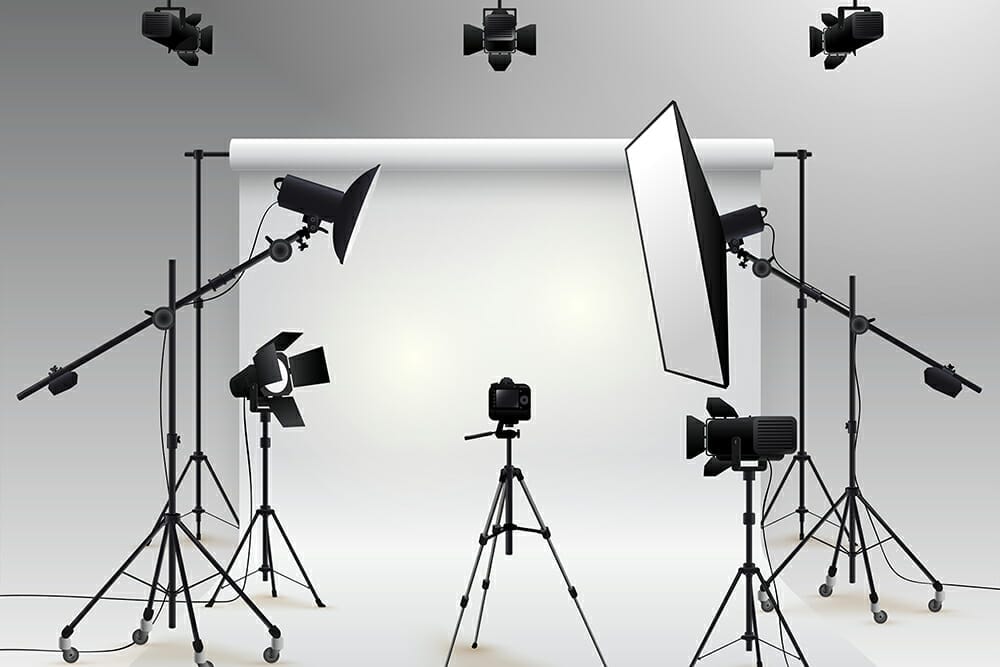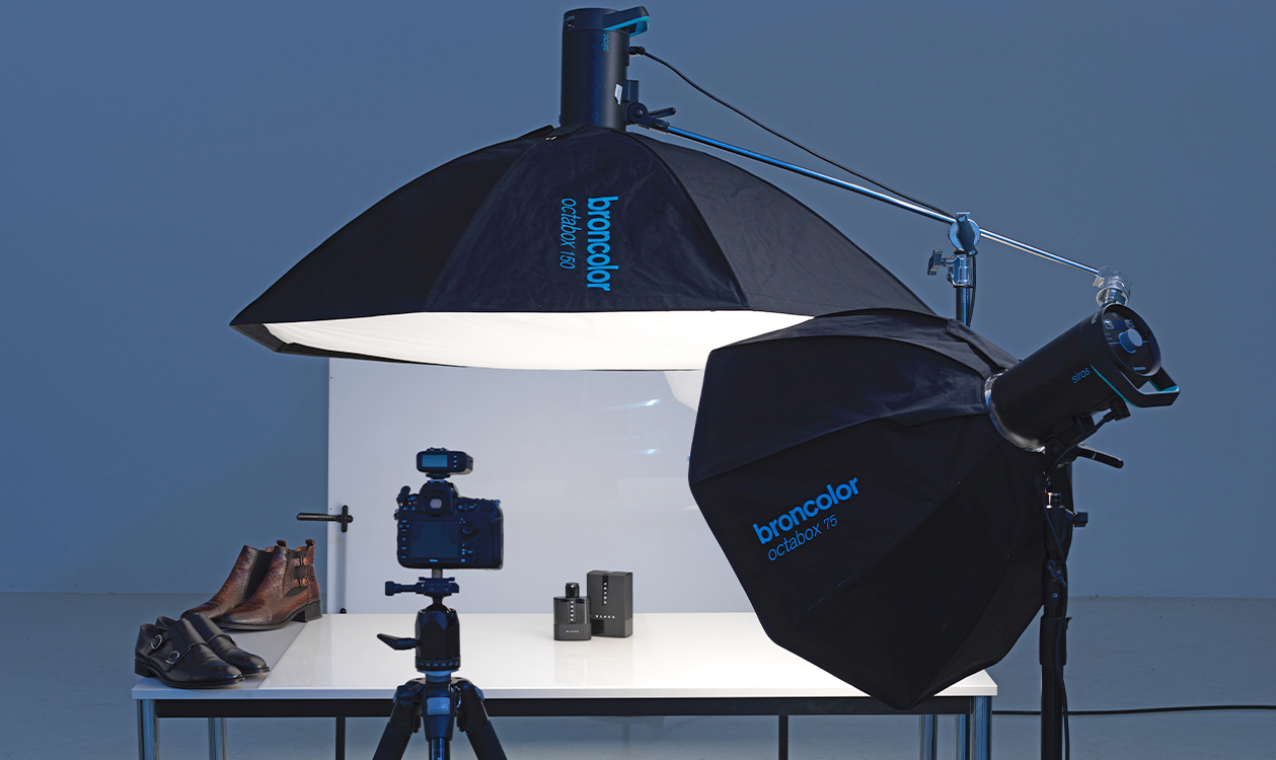Why is Lighting So Important in Photography? Exclusive Insights Here
In the world of photography, light serves as the fundamental building block of every image captured. Its more than just the source of visibility; it dictates the mood, highlights details, and can even transform ordinary scenes into something visually striking. The question arises, why is lighting so important in photography? This article aims to unravel the multiple layers of this fascinating topic for professional photographers, offering insights that can enhance their craft.
Lighting is integral to photography as it influences exposure, contrast, and color temperature. With the correct lighting, photographers can create depth and dimension, giving images a lifelike and immersive quality. Without appropriate lighting, even the most breathtaking subjects can appear dull or unremarkable.

The Science Behind Light in Photography
Understanding light's science is crucial for any photographer. Light behaves in diverse ways depending on its source and the environment through which it travels. In photography, we primarily deal with two types of light: natural and artificial.
Natural Light
Natural light is often the preferred choice among photographers. It comes from the sun and changes throughout the day, which can create varied atmospheres in photographs. The golden hour, which occurs shortly after sunrise and just before sunset, is renowned for its warm and soft lighting, ideal for portraiture and landscape shots. The position of the sun, the weather, and even seasonal changes can dramatically influence the quality of natural light.
Artificial Light
On the other hand, artificial light involves a range of sources, from studio strobes to continuous lighting setups. Understanding the characteristics of these artificial light sources allows photographers to manipulate their setups effectively. Using softboxes can diffuse harsh light, while reflectors can help bounce light to achieve the desired effect. Each element can create unique shadows and highlightstwo vital components in any photograph.

The Impact of Lighting on Photographic Styles
The importance of lighting extends beyond merely exposing the photograph correctly; it also influences the overall style and aesthetic. Different lighting techniques can evoke various emotional responses in viewers.
High-Key and Low-Key Lighting
High-key lighting features bright and even illumination, often associated with a joyful, upbeat feeling. It's commonly used in fashion and commercial photography, where the goal is to accentuate the product or subject without harsh shadows. Conversely, low-key lighting creates dramatic images filled with contrast, which can convey tension or mystery. This type of lighting is often employed in fine art photography and cinematic visuals.
Creating Depth and Texture
Lighting is instrumental in defining depth and texture in a photograph. By using directional lighting, photographers can introduce shadows that guide the viewers eye. This sense of dimension helps add a three-dimensional quality to two-dimensional images.

Tools of the Trade: Mastering Lighting Equipment
Professionals in photography often rely on various tools to manipulate and enhance light. Understanding these tools is essential for mastering the art of lighting.
Light Modifiers
Light modifiers like softboxes, umbrellas, and grid spots can help shape and define light. These modifications can soften or focus the light, allowing greater control over how it interacts with the subject. For example, a softbox can diffuse harsh sunlight, providing soft shadows for a portrait shoot.
Light Meters
A light meter is a photographers best friend when it comes to ensuring proper exposure settings. These devices can measure the intensity of light in a scene, helping photographers to set their aperture, ISO, and shutter speed accurately. Understanding how to read the meters can save precious time and effort during a shoot.

Practical Techniques for Implementing Lighting
Applying lighting techniques can significantly influence the outcome of your photographs. Below are some practical methods that professional photographers can employ.
Use Reflectors and Diffusers
Reflectors can help enhance the natural light available in a scene, bouncing light back onto the subject to fill in shadows and reduce sharp contrasts. Similarly, diffusers can soften harsh light, providing a more even distribution across the subject. Using these tools effectively can drastically change your photography style.
Experiment with Angles
The angle from which you light a scene can create vastly different moods and impacts. Moving your light source from the front to the side can define textures. A backlight can create silhouettes or highlight specific areas. Experimenting with various angles can lead to remarkable discoveries in your work.
Conclusion: The Photographers Edge
To answer the question why is lighting so important in photography: It is the very essence of visual storytelling. Photographers armed with a profound understanding of light are equipped with a creative edge, allowing them to manipulate each shot to convey emotion, narrative, and beauty.
For more insights on enhancing your photography skills, check out our articles on memory card sizes, mirrorless camera qualities, and studio lighting techniques.
FAQs
How can natural light be improved for photography?
Using reflectors to bounce light and diffusers to soften shadows can dramatically enhance natural lighting conditions.
What are the best light sources for indoor photography?
LED panels, softboxes, and continuous lighting setups are highly effective for achieving necessary lighting indoors.
How do I manage harsh sunlight for outdoor shoots?
Positioning your subject in shaded areas and utilizing reflectors can help manage and control harsh sunlight during outdoor shoots.
As an Amazon Associate, I earn from qualifying purchases.

